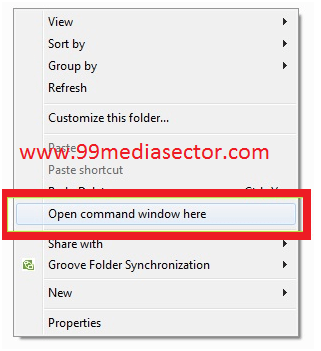
Multiple wildcards for one instance is not supported. For example, an entry would look like this: In your DNS server/providerĪdd a wildcard DNS A record pointing to the GitLab Pages expect to run on their own virtual host. Request that example.io is added to the Public Suffix List. For instance, if your domain is example.io, you should Suffix List prevents browsers from accepting Subdomains on the pages domain ( example.io). Public to create GitLab Pages sites, it also allows those users to create If your GitLab instance allows members of the
#Pattern password disable zip aborted how to
The Public Suffix List is used by browsers toĭecide how to treat subdomains. If your GitLab instance and the Pages daemon are deployed in a private network or behind a firewall, your GitLab Pages websites are only accessible to devices/users that have access to the private network.
(Only for custom domains) Have a secondary IP. So that your users don’t have to bring their own. (Optional but recommended) Enable Shared runners. (Optional) Have a wildcard certificate for that domain if you decide to. Have a domain for Pages that is not a subdomain of your GitLab instance domain. Supporting custom domains a secondary IP is not needed.īefore proceeding with the Pages configuration, you must: In this document, we proceed assuming the first option. HTTP it’s OK to use HTTP or TCP load balancing. Pages can’t be served with user-provided certificates. If you use TLS-termination (HTTPS-load balancing), the If you choose that route, you should use TCP loadīalancing for HTTPS. In that case, you must proxy the traffic withĪ load balancer. Run the Pages daemon in the same server as GitLab, listening on the same IPīut on different ports. The Pages daemon is installed, so you must share it through the network. Pages path must also be present in the server that Run the Pages daemon in a separate server. Run the Pages daemon in the same server as GitLab, listening on a secondary IP. For that reason, there is some flexibility in the way Wildcard domains), the Pages daemon needs to listen on You are encouraged to read its README to fully understand how Server Name Indication (SNI) and exposes pages using HTTP2 by default. Written in Go that can listen on an external IP address and provide support forĬustom domains and custom certificates. GitLab Pages makes use of the GitLab Pages daemon, a basic HTTP server GitLab Pages administration for source installations. This guide is for Omnibus GitLab installations. Separate user documentation is available. It must be configured by anĪdministrator. GitLab Pages allows for hosting of static sites. GitLab Pages fails to start in Docker container GitLab Pages administration. GitLab Pages doesn’t work after upgrading to GitLab 14.0 or above. The redirect URI included is not valid. Pages daemon fails with permission denied errors. Workaround in case no wildcard DNS entry can be set. The requested scope is invalid, malformed, or unknown. 500 error with securecookie: failed to generate random iv and Failed to save the session. Pages cannot communicate with an instance of the GitLab API. Failed to connect to the internal GitLab API. 404 or 500 error when accessing GitLab Pages in a Geo setup. 404 error after promoting a Geo secondary to a primary node. Intermittent 502 errors or after a few days. 502 error when connecting to GitLab Pages proxy when server does not listen over IPv6. 
dial tcp: lookup and x509: certificate signed by unknown authority.open /etc/ssl/ca-bundle.pem: permission denied.Rolling Pages deployments back to local storage.Migrate Pages deployments to object storage.

Domain source configuration before 14.0.Running GitLab Pages on a separate server.Override maximum pages size per project or group.Set global maximum pages size per project.Configure listener for reverse proxy requests.Using a custom Certificate Authority (CA).Disable public access to all Pages sites.Using Pages with reduced authentication scope.Add the domain to the Public Suffix List.






 0 kommentar(er)
0 kommentar(er)
